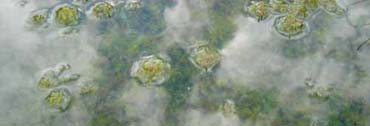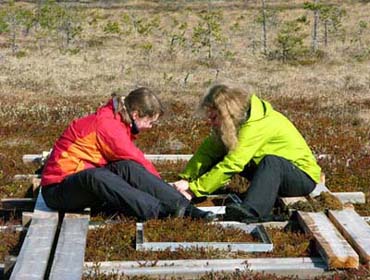Order Sphagnum Mosses – The Stars of European Mires
Book contents and sample pages
Peatlands represent a wide variety of wetlands that are characterized by an organic soil, but differ in hydrology, chemistry, and, consequently, vegetation composition. In Finland, one third of the land area is composed of peatlands. Worldwide, peatlands are found from the arctic to the tropics. Peatlands are a major component of the Earth’s labile C cycle interacting with the atmosphere, containing one third of the C in pedosphere and 60% compared to that in the atmosphere. Peatlands are also important for their biodiversity and as historical archives especially in pristine conditions. Peatlands are drained and converted to several purposes, the most important being agriculture, forestry, horticulture, and peat extraction for energy. Land-use of peatlands has economical importance in many countries, but it also has impacts on the environment, for example on local and global climate, biodiversity, and water quality.
Peatland Ecology Group studies peatlands from the arctic to the tropics, with different land-uses, and with different time horizons from seconds (photosynthesis) to thousands of years (Holocene history). The core of the group is formed by several senior researchers with varying interests, specialties and approaches. Together, we cover a wide range of expertises complementing each other, and apply a wide range of methodologies in our research work. We train researchers and professionals to work both nationally (e.g. experts in peatland forestry and restoration) and internationally (e.g. experts for climate and land-use change impacts on peatlands). We have close collaboration in research and postgraduate training with colleagues from the Natural Resources Institute Finland, the Finnish Meteorological Institute, and several other research institutes and universities worldwide.
Tropical peat research is presented in the Tropical peatlands blog.

